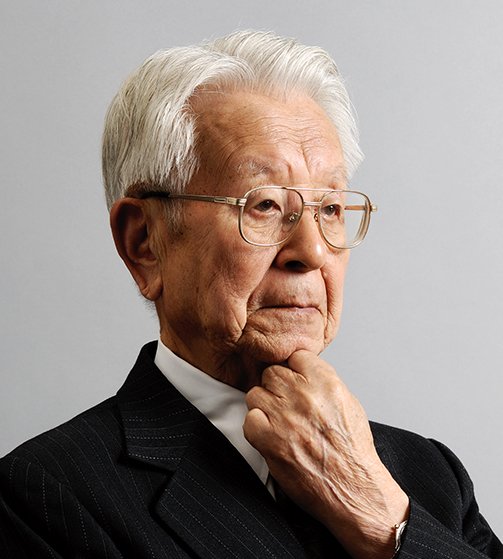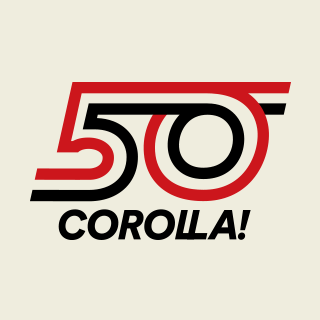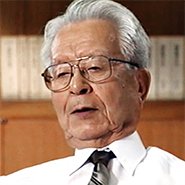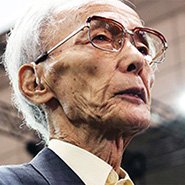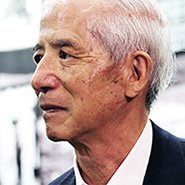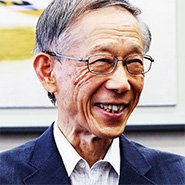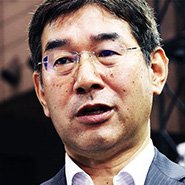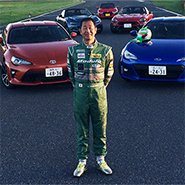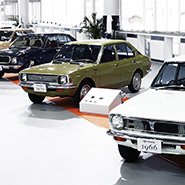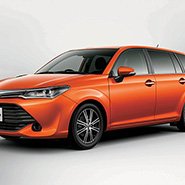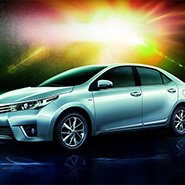Oct. 31, 2016
Tatsuo Hasegawa, Chief Engineer for the 1st generation Corolla
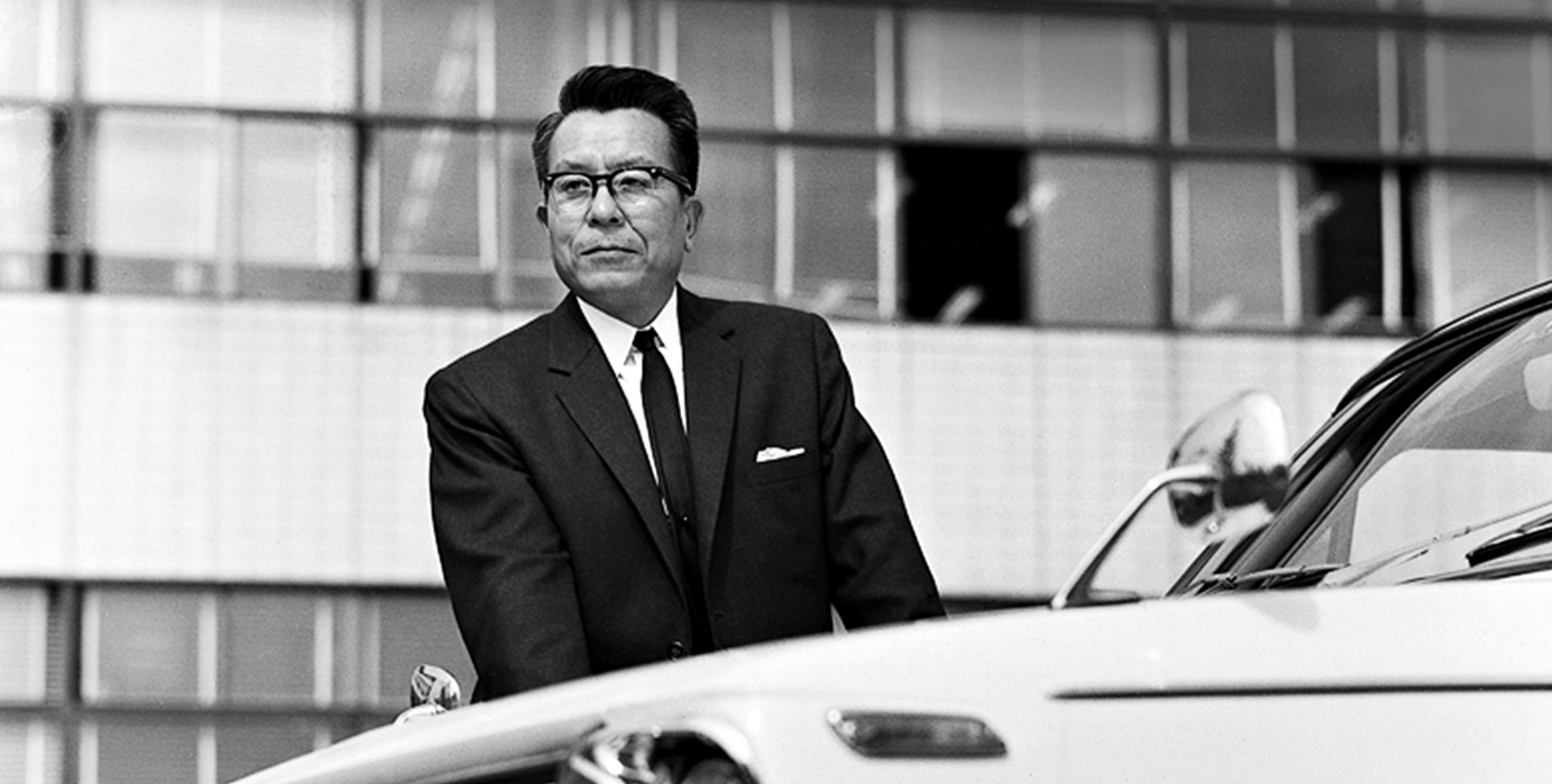
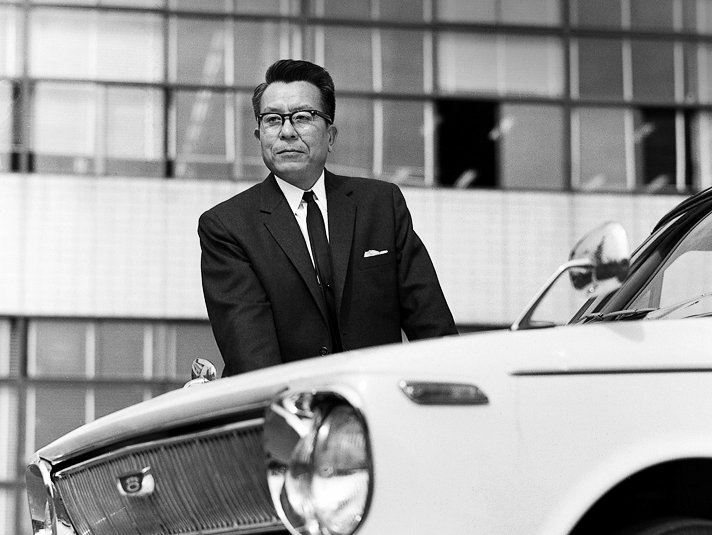
Special Message: Tatsuo Hasegawa, Chief Engineer for the 1st generation Corolla
* This message is based on an interview that was recorded in 2000 with Mr. Hasegawa, who sadly passed away in 2008. We would like to offer our deepest condolences to his family.
Japan’s Economic Development, and Developing the Corolla
Immediately prior to the development of the first Corolla, the Japanese public was starting to realize the joy of driving a car. This was around 1961, when the Toyota Publica was first launched, - which I had worked on as Chief Engineer. Features such as a smooth and quiet ride were only of secondary importance back then. Japan entered a period of rapid economic growth in the years following the Publica’s launch, when the Ikeda Cabinet formulated its “Income Doubling Plan”, and also when Tokyo was selected to host the Tokyo 1964 Olympic Games. These and other events at the time had fueled the active development of infrastructure in Japan, such as highways and the bullet train. The world was becoming a very exciting and dynamic place indeed.
In such a world, I believed that it would no longer be enough to develop cars just for the sheer joy of driving. We started developing the first generation Corolla in around 1963-64, taking into consideration all aspects of society at the time, such as the wealth of the Japanese society and that of our customers, as well as their lifestyles, alongside how technology would advance as Japan’s economic development continued. We thought hard about what kind of technology was required, the costing and production output, and a suitable timeframe in which to develop the Corolla.
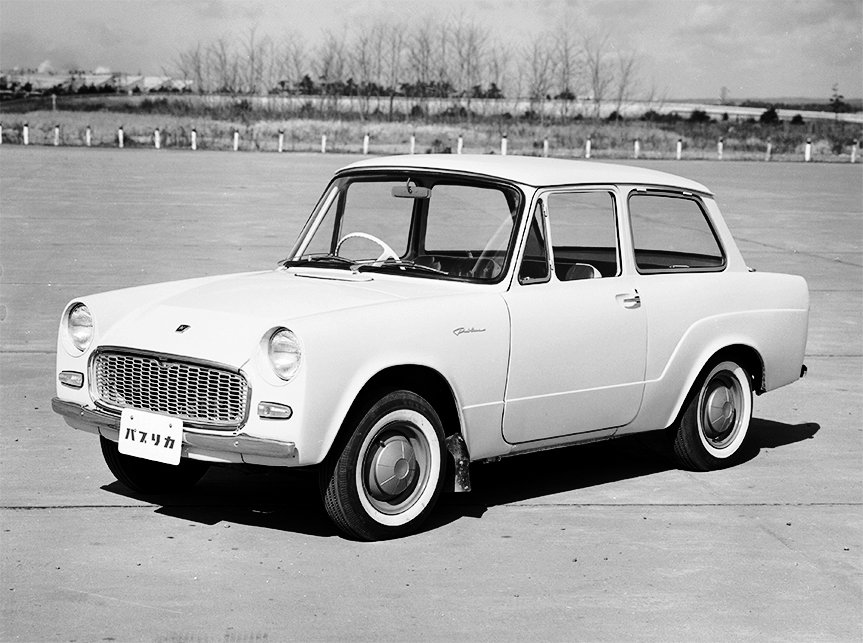
The Publica (introduced in 1961)
The real meaning of the Corolla’s 80-Point Doctrine
Although the Publica may have been fun to drive, it lacked some of the other luxury features of a car. So when developing the Corolla, we were always thinking about how “we have to develop a car that our customers are proud to own, which does not lack any features such as safety and driving performance.” Put it simply, “all facets of the vehicle must score at least 80 points.” It was imperative that we develop a car that did not require our customers to sacrifice quality for price - that was the essence of the 80 Point Doctrine. And it certainly didn’t mean there was no need to score above 80 points either!
On the other hand, although using our technical skills and creativity to help the car score above 80 points in as many areas as possible was a positive factor, we also believed in “not being excessive and inflating costs unnecessarily.” So the vehicle’s cost was another area where we needed to score 80 points in.
Also, a car that scores 80 points in all areas isn’t necessarily an attractive vehicle; there’s nothing for customers to get excited about. That’s why, costs permitting, we wanted to add a shiny new piece of technology to the car that would make our customers say, “Now that’s something special!” So just scoring 80 points wasn’t sufficient – thus we believed in the “80-plus alpha”.
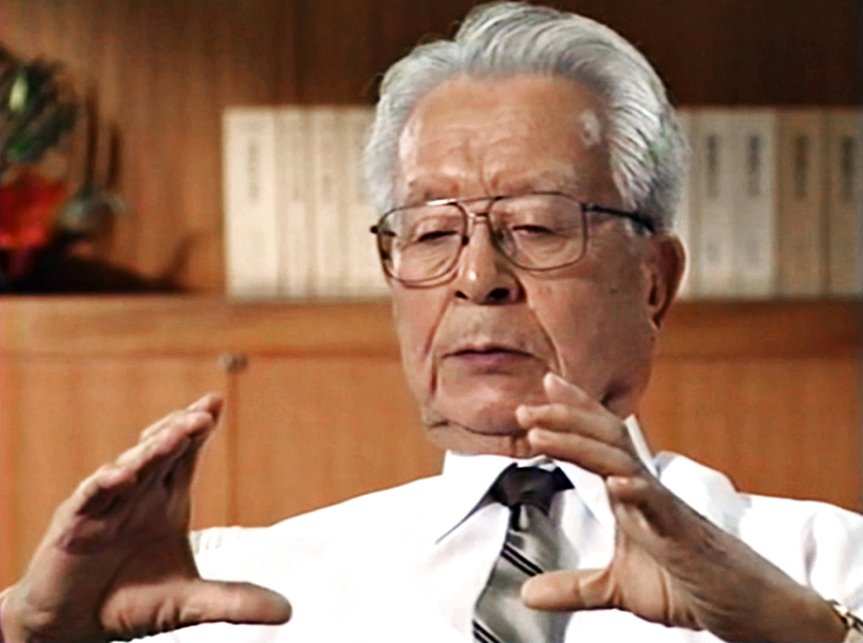
The Corolla’s first “plus” feature: Sportiness
I decided that the first “plus” for the Corolla would be “sportiness.” And actually, it was the Corolla that was the first Toyota car to feature curved glass, ahead of the Corona and Crown. There probably were some people in the company who questioned “why the Corolla first?” but as long as no one was bothered by it, I was determined to add a sporty feel to the exterior!
As for the engine, all of the rival European cars at the time had three-bearing engines. However, considering the need for high-speed performance in vehicles back then, we decided to use a five-bearing engine in the Corolla to ensure a quiet ride, and this was also because we needed to boost its high-speed rotation. We also installed a four-speed fully-synchronized floor-shift transmission (for smooth gear shifts in manual transmission), enabling it to accelerate up to 110km/hour in three gears. These were essential features for sporty European small cars to be able to reach the speeds of larger vehicles at that time.
Also, many of the vehicle fittings were optional back then, but we decided to add the necessary features as standard fittings for customer’s convenience. For instance, the rear lamps were also sold as separate parts to be attached to the bumper; but if the car had no lights, it would likely make the driver bump into something when trying to park on a narrow alley at night, especially if they weren’t used to driving then. So we made the rear lamps standard fittings. It’s the same with the two-speed wipers. The outside key on the left-side door was also the same. Although no other cars featured it then, we thought it was an essential fitting for getting in and out of the car in a narrow alley and from the passenger seat, and hence we made it a standard fitting as well.
The new appeal of the Corolla was the “80-Plus Alpha Doctrine,” whereby we as developers did all that we could within a limited cost range to create a car that would satisfy our customers. Aiming for a minimum of 80 points might sound like nothing out of the ordinary, but for us it embodied the concept of “offering the appeal of a new kind of car.”

Catalog explaining the sportiness of the first-generation Corolla
What the Corolla has emphasized since the very first generation
The reason why the Corolla has remained popular for the past 40 years (note: the original interview was conducted in 2000) – and I realize how this might sound coming from me – goes back to the development concept of the first generation model, which was built with the general public’s needs in mind, rather than from a corporate perspective. Basically, we racked our brains as to what it was the general public wanted, what they needed, and what would bring them satisfaction as well as some enjoyment. So at the core of the Corolla was the concept of “what would really satisfy the majority of customers,” even if it invited comments from car fanatics and critics, or those with slightly more sophisticated tastes.
This spirit lives on in the developers of the first generation Corolla and in Toyota’s corporate approach. Fortunately, Toyota manufactures a full lineup of vehicles with the Corolla positioned at the center. Toyota also has a range of somewhat more luxurious cars, and it is essentially because of these other types of vehicles that Toyota has been able to uphold the basic concept of the first generation Corolla.
When I first came up with the concept for the Corolla, there was the scope to do something pioneering in terms of technology, and also to cultivate the market and facilitate economic development. In other words, there were needs to be met in these areas, and we did that. I didn’t set out to make any grand invention or discovery - my development team and I were simply the first to fill those needs that we had found were unexplored yet in the market and in various areas of technology.

Mr. Hasegawa driving the 9th generation Corolla to see if the quality and performance have been inherited from the first-generation Corolla.
Utilizing the Corolla for the happiness and well-being of everyone on Earth
Now, the Corolla is being exported and sold in over 140 countries throughout the world, not just in advanced nations and key emerging countries, but also deep in the mountains and wilderness, and even on remote islands. You can basically find the Corolla in all corners of the globe. This is also quite a challenge when you consider car maintenance and service, the supply of parts, and so on, but Toyota does that for its customers, driven by something other than corporate profits. I believe it’s because the Corolla is a “car for everyone on the Earth,” meaning diverse groups of people around the world use it for a variety of purposes.
This includes people for whom a car is essential in their everyday life as the only means of transport to move people and objects, or even medical supplies. Looking at it romantically, you might say that in such cases, the Corolla supports the daily lives and dignity of people.
So in that sense, we are doing something more than just pursuing profits - we are utilizing the Corolla “for the happiness and well-being of everyone on Earth.” I hope we can remain mindful of our duty to keep supporting the welfare of all people for many years to come, and not just focus on immediate financial gain.
The American magazine, National Geographic, published a special feature on five major products that have become hits throughout the world and are an established part of global culture (August 1999). They were (in order) Coca Cola, Nescafé, National Geographic, Star Wars and Toyota, of which the feature described that “the Corolla is the reason Toyota has become a global cultural phenomenon.” I was extremely happy to hear such high praises for the Corolla from people outside of the company, particularly from overseas.
In summary, I am truly grateful to all our loyal Corolla customers for their continued patronage, and I think the Toyota employees working on the Corolla will be very happy with how it has evolved over time. However, I hope that they will not become naively optimistic in the 21st Century, and continue to develop the Corolla as a superb car for everyone on the earth to use forever. As such, I would like to end this interview with these parting words of joy, hope and expectations for the Corolla.
Tatsuo Hasegawa, Chief Engineer for the 1st generation Corolla
Tatsuo Hasegawa was born on February 1916 in Tottori City. After graduating from Tokyo University's Department of Aeronautics in 1939, Mr. Hasegawa joined Tachikawa Aircraft (the present day Tachihi Enterprise Co., Ltd.).
Then in 1946, Hasegawa joined the then Toyota Motor Co., Ltd. As Chief Engineer, he oversaw the development of the Publica, the Toyota Sports 800, the Corolla, as well as the Celica.
Following this, Hasegawa went from being the Deputy General Manager of the Product Planning Division to becoming the General Manager of the division, where he oversaw the general development of Toyota vehicles. In 1982, he retired from Toyota as a Senior Managing Director.
Mr. Hasegawa passed away in 2008 at the age of 92.
